In the previous parts of the article, we talked about such possible injuries in children during the winter period as bruises, sprains, dislocations. In this part of the publication, orthopedic traumatologist at the EMC Children's Clinic, Candidate of Medical Sciences Irina But-Gusaim will talk about more severe and dangerous injuries in children, such as bone fractures and head injuries.
The safety of children is the concern of parents. Before letting your child go to the slide or skating rink, please make sure that the appropriate training, equipment and safety of the place where your child will ride. Modern fashionable means for skating, like tubing, are not at all as safe as they seem. They can also be turned over or hit hard, like on sleds or ice slides.
If your child has fallen, it hurts, and you are not sure if it is a simple injury, and there are at least the slightest suspicionsI have a bone fracture, injury to the brain or internal organs, and I urgently need to seek qualified medical help. In this regard, any injuries to the head, neck, pelvis, abdomen and spine are especially dangerous.
Bone fracture
Due to the special features of the structure, the bones of a child are more elastic and withstand heavy loads than the bones of adults. This age-related feature also explains the high frequency of subcostal fractures, when a broken bone remains covered with a periosteum, the integrity of which is preserved (cracks, fractures, indentations, etc.). Such a fracture can only be diagnosed by X-ray examination. Just like in adults, childhood fractures can be open (with skin damage and a bone fragment coming out) and closed (the skin remains intact), with or without displacement of bone fragments. Possible signs of a fracture include intense pain, which increases with movement, crunching may be heard when trying to move the affected area of the body, tissue swelling is noted at the site of the alleged fracture, the limb has an unnatural appearance or assumes an unnatural position. Remember that the pain of fractures can cause painful shock! Therefore, do not move the child until the damaged bone is fixed, do not try to palpate the bone and set the fracture.
First aid for fractures
The main measure in case of suspected bone fracture is the fixation of the affected limb, which must be performed in such a way as to prevent even the slightest displacement of bone fragments. It is best to fix the limb with a splint, which can be played by a stick, board, rail, rolled-up thick magazine or ski (the wider the splint, the better). Having selected a splint, we apply it to the sides of the injured limb so that the splint immobilizes the joints adjacent to the fracture. That is, if the shin is damaged, the splint should fix the ankle and knee joints; if the hip, the ankle, knee and hip joints are fixed (the outer splint should be placed from the armpit to the heel, it should be of the appropriate size, the inner splint from the perineum to the heel). Joints are fixed in a similar way in case of fracture of the upper extremities. If there is no object suitable for a tire nearby, you can attach a healthy leg to the injured one, a broken arm to the torso, and a healthy finger to the damaged one. The tire is applied over the clothes, and if there are no clothes, then several layers of fabric should be laid under the tire. We do not press the splint against the protruding bone fragments.
If the fracture is open and there is a bleeding wound, stop the bleeding by applying a sterile, tight bandage to the wound before applying a splint.
After providing rest and putting cold on the fracture area (for 25-30 minutes), we call an ambulance team. It is dangerous to leave a child with a suspected limb fracture without fixation until the arrival of doctors – children are very mobile, and under the influence of pain they can become uncontrollable, which often leads to dislocation of bone fragments, bleeding, painful and hemorrhagic shock.
Head injury
Head injury occurs both as a result of a blow to the head and from a blow to the head – when falling on an ice rink or when riding down a mountain. Signs of external damage to the tissues of the head can be different - from abrasions to bleeding wounds of various sizes, and may also be absent altogether.
First aid for head injury
If there is bleeding, it must be stopped by applying a sterile bandage to the injury site and applying cold over the bandage. The injured child should be placed on his back without a pillow (if he is conscious), if he is unconscious, it is better not to touch him unnecessarily. If a child has fallen and cannot move, has back pain, or it hurts to move his head, do not touch the child until an ambulance arrives. It would be nice to fix the head with rollers located on the sides of the head and neck.
Be sure to evaluate the circumstances of the injury – hitting a ball and hitting a brick, with similar external manifestations, cause completely different internal injuries. If the child's behavior has not changed after a head injury, then it is possible to simply observe. If there was a loss of consciousness, then a doctor's call is necessary.
In addition, calling an ambulance for a head injury is absolutely necessary if you notice it in the hours following the injury.:
-
intense headache (not only at the injury site),
-
vomiting (even once),
-
dizziness or loss of consciousness,
-
drowsiness,
-
inappropriate behavior,
-
double vision or visual impairment,
-
different pupil sizes,
-
the appearance of blood or clear light liquid from the ears or nose,
-
hearing loss,
-
impaired limb mobility,
-
seizures.
To summarize, I would like to say that in case of injuries, the task of parents is to calm the child, if possible, to give painkillers (for example, nurofen, ibuprofen), cool the area of damage and immobilize the injured limb. And then, depending on the type and severity of the injury, consult a doctor.
You can ask for help around the clock at The EMC Children's Clinic, X-rays, CT scans, MRI scans, and other necessary examinations. We work 24 hours a day, 365 days a year and are always ready to help your child.






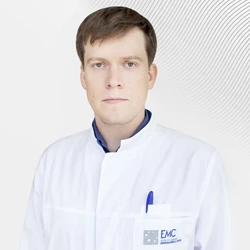

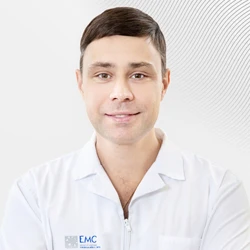



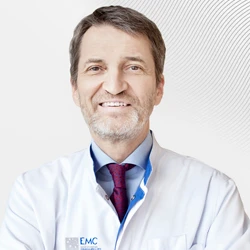

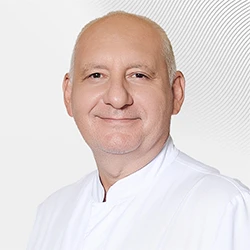
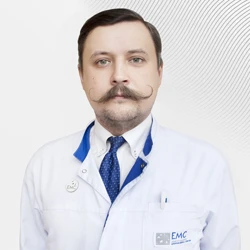

.webp)

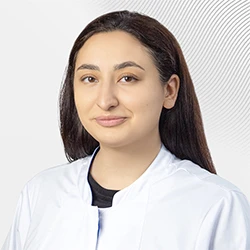

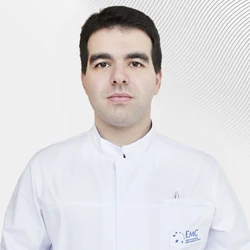
.webp)


